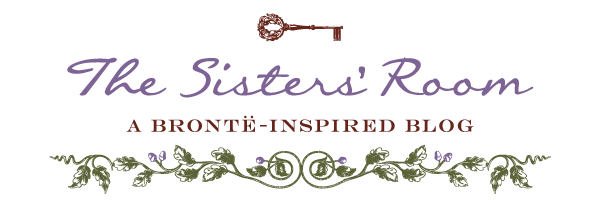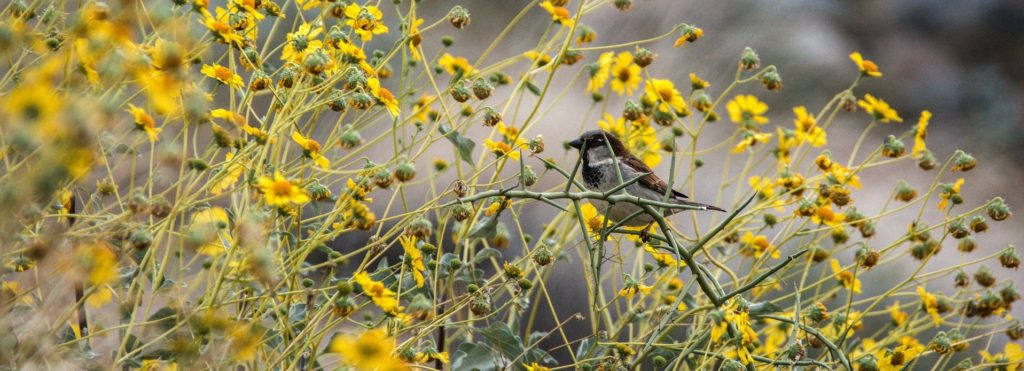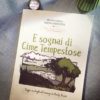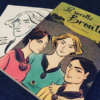In an interesting article by Emily Roberson Wallce published in Brontë Studies, September 2016[1], the peculiar role of birds in Wuthering Heights is addressed by the author. In Emily Brontë’s novel, not less than fifty species of birds are mentioned and they are used as symbols of the unhappiness that pervades Wuthering Heights, perfectly in line with that sense of nature and folklore that characterizes the novel from beginning to end.
The analogies refer to three kinds of birds in particular: the cuckoo, the lapwing, the hedge sparrow. Each one of them represents some of the main characters created by Emily: Heathcliff and Cathy, and the groups Hindley/Hareton, Edgar/Isabella, respectively.
In the story, Emily Brontë herself often compares Heathcliff to the cuckoo, a bird that steals other birds’ nests by laying its eggs there. Not so well remembered is another analogy, the one between Cathy and the lapwing. This bird is only mentioned in chapter twelve, when Cathy gets mad- lapwings are generally very active and dynamic birds whose feathers are often imprisoned in cushions, just like Catherine is imprisoned in a house she doesn’t belong to and from which she wishes to get free with her own death. The lapwing is also a bird that is hostile towards its own kind, the same as Catherine who, in her youth, hadn’t been able to build a friendly relationship with her family (brother, father and servants). Another analogy with this bird can be found in the meaning that William Shakespeare gives to it, and that can also be found in French culture– those who behaved sneakily were in fact often compared to lapwings, and Catherine became guilty of that by marrying Edgar instead of Heathcliff.
The hedge sparrow, or dunnock, is a bird that naturally has a short life, and it’s often victim of cuckoos’ parasitism. Some characters in the novel are compared to dunnocks when they become prey of Heathcliff’s destructive mania. This is especially true for Hindley, who will find himself forced to give up his ancient house to the usurper. Isabella is initially compared to a canary for her aristocratic fragility, and this delicate little bird can’t survive the bad weather of the moors and she can’t survive her marriage to Heathcliff, outside of her own cage. Once caught in the trap set by the one who, in the novel, was compared to the cuckoo, she’ll become a dunnock herself and despite managing to get free from his tyrannical presence, she’ll face an early death.
Maddalena De Leo
[1] Wallace Roberson Emily, ‘Caged Eagles, Songsters and Carrion – Seekers: Birds in Jane Eyre and Wuthering
Heights’, in Brontë Studies, settembre 2016, pp. 249-260.
Are you looking for more curiosities about Wuthering Heights? Have you already heard about our book? It’s about the settings of the novel, and it includes an interesting article by professor Maddalena de Leo. Click here to know more about it: Our Book, E sognai di Cime Tempestose- Curiosities and an excerpt.






